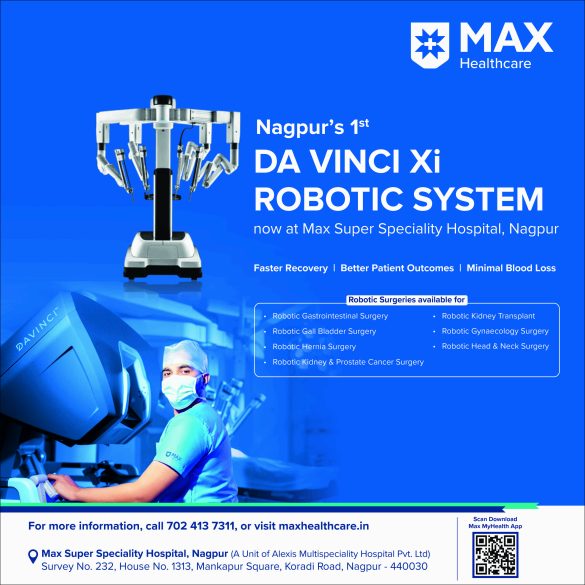Every year since 1977, International Museum Day is being organised, which represents a unique moment for the international museum community.
The objective of International Museum Day (IMD) is to raise awareness of the fact that, ‘Museums are an important means of cultural exchange, enrichment of cultures and development of mutual understanding, cooperation and peace among peoples.’
Organised on 18 May every year or around this date, the events and activities planned to celebrate International Museum Day can last a day, a weekend or an entire week. IMD was celebrated for the first time 40 years ago. All around the world, more and more museums participate in International Museum Day. Last year, more than 37,000 museums participated in the event in about 158 countries and territories.
But do you know about the museums of the city?
Here’s a list where you can go:
1. Nagpur Central Museum:
Established in 1862 by Sir Richard Temple, the then chief commissioner of the Nagpur, Central Museum, popularly known as Ajab Bangla, is counted amongst the oldest museums of India. The museum was created by the efforts of Sir Richard Temple, who not only gave his personal collection but also convinced the royal families to donate their rare artifacts as well. Collection in the museum was sourced from Chattisgarh, Vidarbha, Madhya Pradesh and even some parts of Western Maharashtra. Rare antiquities, ancient inscriptions, sculptures, coins, paintings and prehistoric artifacts are amongst the enviable collection of the museum. The beauty about this place is one can get to see everything which they can think of sculptures, weapons and even utensils. This place will definitely increase the kids interest in History.
2. Raman Science Centre:

Though Raman Science Centre is not a museum, a unique way to celebrate International Day of Museums can be seen in the premises. Collectors of various things, coins, miniatures, sculptures, painters and even collectors of notes, postcards and stamps have arrived at the venue. In every sense Raman Science Centre is making sure they celebrate Museum Day. The expo is open for all till Sunday.
3. Museum of Brain and Mind:

Founded by Dr Avinash Joshi, Museum of Brain and Mind is one of a kind. “Museum of Brain & Mind” of Dr Avinash Joshi ( MD ) Psychiatry from KEM Hospital, Mumbai is probably only one in the state. It took two and half years for it’s completion. Brain is the most complex structure in the Universe. As a matter of fact, the whole universe stays in brain and not outside. Inspired by the “Rock Garden” of Chandigarh, Dr. Joshi thought of creating “Brain Garden” to show all the facets of brain like its Anatomy, Physiology, Psychology, Psychiatry, Neurology, Neurosurgery, Parapsychology, Philosophy Sexuality & Spirituality.In this museum, an attempt has been made to show all its faces through displays, written in simple Hindi, using ample, self illustrated and bright images. Starting from the history of psychiatry and barbaric methods of treatment of psychiatric illnesses, the journey travels through evolution of the thought process of mankind to the modern knowledge about brain & mind.
4. Narrow Gauge Rail Museum:

Narrow Gauge Rail Museum is a unique museum on Kamptee Road, Nagpur. The museum has models and lookalikes of locomotives, trains, steam engines and the like. Spread over several galleries, the repository was inaugurated by Nitish Kumar in 2002. Besides, the premises also have an amusement park, toy trains and swings for kids.
5. Museum of Anthropology:

One of the most interesting topics in social sciences has been the study of humans, past and present. Anthropology is the field which works within the field of social and biological sciences along with the humanities and physical sciences. Located in a secluded place in Seminary Hills, the museum of Anthropology struggles for visitors but amazes them once they get to have a look around. It is interesting to find some rare ethnographic specimens which belong to the tribal groups of Central India. Together, these specimens are known as the specialty of this museum. The museum, being home to a mine of information, has a permanent exhibition divided in four sections on the origin of life, the biological basis, the place of the human race in the animal kingdom and on human evolution, with significant evidences collected from the Shivalik and Narmada basins.




